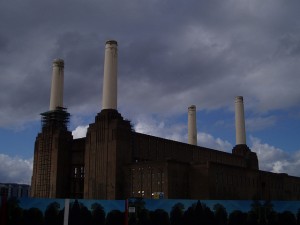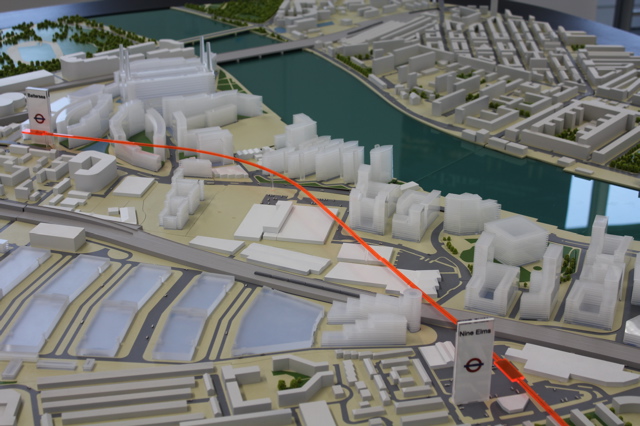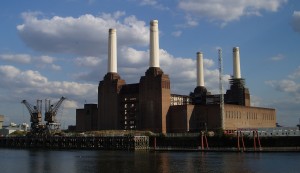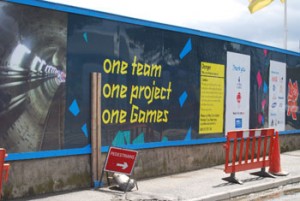On ITV’s London Tonight and LBC radio you can watch or hear Ravi Govindia, the leader of Wandsworth Council who, as former cabinet member for “strategic planning and transportation”, is particularly responsible for the failed private-property owner led regeneration of the area, trying to defend the borough’s pathetic policy towards the obviously flawed and greedy plans for Battersea Power Station.
Only a few days ago George Osborne and Boris Johnson were doing their best to puff the disastrous scheme which is now as all but dead and buried by the creditors calling in their loans.

For the Battersea Power Station Community Group (BPSCG) it is just another “new beginning” as the fourth developer limps off stage to boos and jeers.
Keith Garner is also interviewed calling for the whole site to be put into public ownership for a sensible, viable, gradual development of the historic and beautiful building and its surrounding site. An ideal exhibition for industrial power ( see our previous blogs). Keith cites the difference in the approach of Southwark to the other Gilbert-Scott designed river front power station, the highly successful Tate Modern. Through partnerships and a gradual, planned development it shows what Battersea residents could have had these past 30 years.
WATCH: ITV London Tonight on Battersea Power Station debt
Spectacle’s crew were there today too and will be posting soon the bits of the interviews the broadcaster left out. Including an hilarious episode where the owners try to stop ITV filming by shutting the gates. Perhaps their last act.
Click Battersea Power Station for more blogs
See our Battersea Power Station project pages for more information and videos.
Or visit PlanA our general blog on urbanism, planning and architecture.
Spectacle homepage
Befriend Spectacle.Docs on Facebook
Follow SpectacleMedia on Twitter






